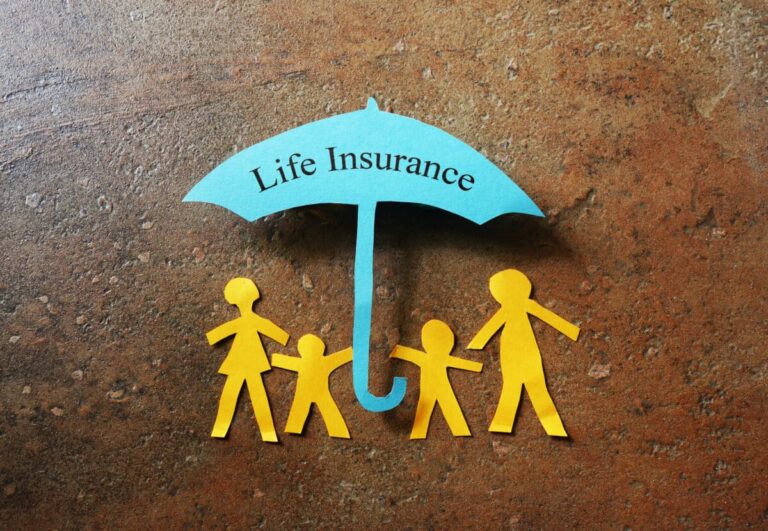The Alarming Protection Gap in American Households
A recent study from The Ohio State University has revealed that most American households are dangerously unprepared for the potential death of an income earner. The research analyzed data from 1,818 households and found that 56% of households with a full-time worker and multiple family members lack adequate financial resources to handle the loss of an income earner’s salary. This widespread vulnerability persists despite decades of financial professionals emphasizing the importance of proper planning.
Decline in Life Insurance Ownership
The study found that life insurance ownership in America has declined dramatically over the years, from 77% of households in 1989 to just 52% in 2023. The statistics are even more concerning for younger generations, with only 40% of Gen Z and 48% of millennials having any life insurance coverage at all. This decline in coverage leaves many families vulnerable to financial devastation in the event of an income earner’s death.

Measuring Financial Adequacy
The research team used three different measures to assess financial adequacy:
- Life insurance adequacy: Comparing life insurance coverage to future household earnings
- Net financial asset adequacy: Combining life insurance with liquid assets
- Net worth adequacy: Adding total net worth to life insurance coverage
The results were alarming, with only 11% of households meeting the life insurance adequacy threshold, 17.2% achieving net financial asset adequacy, and 15.65% reaching net worth adequacy. More than half (56.16%) of the households failed to meet any of these standards.
Characteristics of Adequately Protected Households
Households with adequate protection shared several key characteristics. They typically had:
- Higher financial knowledge
- Older age (early 50s on average)
- Substantial assets despite having similar income levels to inadequately protected households
- Predominantly owned term life insurance policies (61%)
In contrast, the inadequately protected majority were younger (average age 40), had lower financial knowledge, and were less likely to use financial professionals.
The Importance of Life Insurance Product Type
The type of life insurance chosen significantly affects financial adequacy. Households with both term and cash value insurance demonstrated the highest odds of financial adequacy across all measures. Term-only policies showed stronger associations with adequacy than cash value-only policies. This finding challenges the conventional wisdom that cash value life insurance is more effective for wealth-building.

The Role of Financial Knowledge
Financial knowledge influenced adequacy in complex ways. For working adults, subjective financial knowledge (self-assessed financial competence) and consulting financial professionals correlated with higher odds of financial asset adequacy. However, objective financial knowledge didn’t significantly increase adequacy odds for this group. For retired households, objective financial knowledge significantly increased the odds of financial adequacy, suggesting that knowledge-based wealth accumulation becomes more important later in life.
Closing the Protection Gap
The study’s findings raise serious questions about the effectiveness of the life insurance industry’s educational efforts and marketing strategies. Despite industry emphasis on protection planning, most households remain inadequately covered. The traditional focus on selling high-commission cash value products may not serve the public’s best interests. Achieving financial adequacy requires thoughtful planning that considers life insurance coverage, financial asset accumulation, and overall net worth.
As household debt continues to climb and financial insecurity persists for many Americans, addressing life insurance coverage becomes a critical public policy concern. Without adequate protection, families remain just one tragedy away from potential financial ruin—a vulnerability that extends beyond individual households to affect communities and the broader economy.


